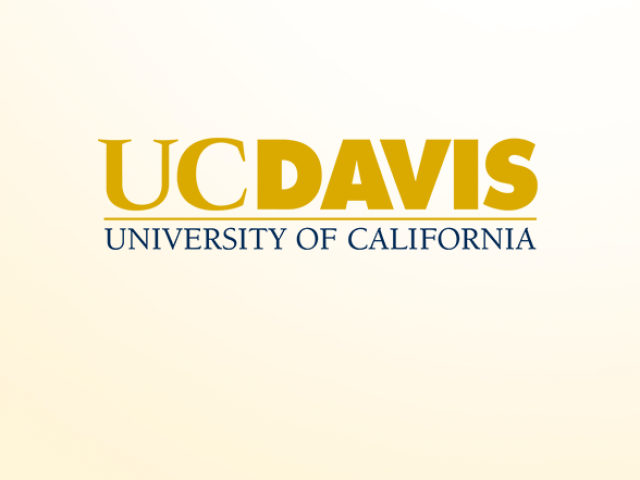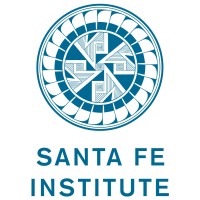Humpback Whale Acoustics Research
Humpback Whale Acoustics Research
Southeast, Alaska
August 17 - September 2, 2023
Leadership
Research Team
- Prof. James Crutchfield (President, Art & Science Laboratory, UC Davis
- David Dunn, Vice President, Art & Science Laboratory, and Professor Emeritus, UC Santa Cruz
- Dr. Kelly Finn, Marine Biology, Dartmouth College, NH
- Dr. Alexandra Jurgens, NRIA, Bordeaux, France
Project Overview
Whales are one of the most mysterious nonhuman intelligences on the planet—we know they have big brains and sophisticated social dynamics. Still, we know relatively little about what cognitive and communicative skills they use. Our results will improve scientific knowledge and popular appreciation of marine mammals that evolved underwater despite our shared mammal ancestry these intelligent with vastly different ecological challenges. In addition, a better understanding of their social and communicative behaviors will aid in more targeted conservation efforts. While we expect the findings to contribute to our understanding of whales, we also expect our technological innovations will advance cetacean research more generally. Successfully employing our recording array will dramatically increase the amount and detail of data available to us and future researchers.
Duration of Project
November 1, 2021 - October 31, 2024
Expedition Summary
The voyage’s principal research goal was to field-test and calibrate a new multi-hydrophone array that the lead investigator developed since the last Blue Pearl Alaska voyage in August 2021. The array design was premised on estimating the full three-dimensional underwater sound field, as a noninvasive way to monitor and track whales via their vocalizations. We focused particularly on the humpback whales of southeast Alaska as they are a very vocal and social species, known to use their vocalizations to coordinate a number of collective behaviors. In particular, the southeast Alaska humpbacks are famous for the collective behavior of bubble-net feeding. This coordinated activity is thought to be a notable, but rare example of tool use in the animal world. And, practically, it appears to greatly increase the whales' feeding efficiency.
The voyage started on August 17th in Auke Bay (Juneau, AK) and ended 300 miles south in Ketchikan, AK, on September 2nd, visiting Chatham Strait, Frederick Sound, Keku Strait, Sumner Strait, and Clarence Strait. On the generally southward trip, we encountered whales regularly and in great numbers, including observing their bubble-net feeding, along with other behaviors—breaching, peck-slapping, surface lunge feeding, and the like. Apparently, we identified a new kind of group feeding that has the animals staying quite dispersed, roughly a mile apart, but still close enough to be within acoustic communication distance. Throughout all of these, we would halt the vessel and submerge the multi-hydrophone array to record the animal’s vocalizations during these behaviors. One striking conclusion, perhaps obvious in retrospect, is that making only observations of surface behavior is deeply inadequate to capture the animal’s behaviors. Most notably, the hydrophone array revealed a tremendous amount of vocalization and seeming social coordination while there was little to no observed surface behavior. This strongly suggests that new acoustic recording protocols and equipment should become standard and be used regularly in whale behavioral studies. Technically, the trip proved our new multi-hydrophone design, demonstrating that it allows for reconstructing the animals' behaviors in three-dimensional space, a substantial, perhaps revolutionary complement to surface observations.
Application
This trip was focused on developing new acoustic monitoring tools and techniques for marine biology. If successful, we will be able to locate and track marine mammals via their underwater vocalizations.
This research can have far-reaching applications when decoding other non-human intelligence and communication. the more immediate benefit here is that we can better protect and conserve, not only whales but any other species with which we can communicate.
Location
Southeast Alaskan waters (Chatham Strait, Frederick Sound, Keku Strait, Sumner Strait, and Clarence Strait)







You must be logged in to post a comment.